Digital Poster
AI for Diagnosis/Prognosis: Body I
ISMRM & ISMRT Annual Meeting & Exhibition • 10-15 May 2025 • Honolulu, Hawai'i

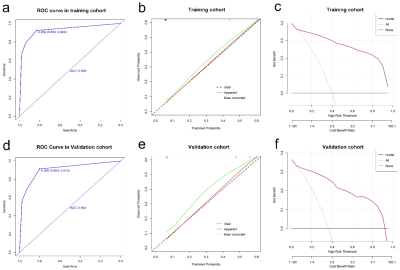 |
Computer Number: 17
1389. Enhancing
Diagnostic Accuracy of American College of Radiology TI-RADS 4
Nodules: nomogram models based on MRI Morphological Features
B. Song, Q. Chen, H. Wang, L. Tang, X. Xie, Q. Fu, P-Y Wu,
A. Mao, M. Zeng
Department of Radiology, Zhongshan Hospital, Fudan University, Shanghai Medical Imaging Institute, Shanghai, China
Impact: MRI-based models demonstrated outstanding
diagnostic performance for distinguishing benign from
malignant ACR-TR4 thyroid nodules. Combined model, which
utilizing restricted diffusion and reversed halo sign, holds
promise for reducing the need for unnecessary FNA, while
simultaneously minimizing risk of missed cancers.
|
|
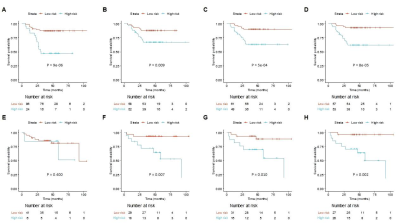 |
Computer Number: 18
1390. Multi-parametric
MRI-based Radiomics to Predict Prognosis of Patients with Stages
II-III Rectal Cancer
H. Chen, M. He, M. Sun, X. Liang, M. Ma
Shengli Clinical College of Fujian Medical University & Department of Radiology, Fujian Provincial Hospital, Fuzhou University Affiliated Provincial Hospital, Fuzhou 350001, China
Impact: The radiomics models can be used to predict
prognosis RC patients. It has significant advantages,
individualization radiomics model allows for more precise
risk stratification and tailored treatment planning, which
can improve patient outcomes.
|
|
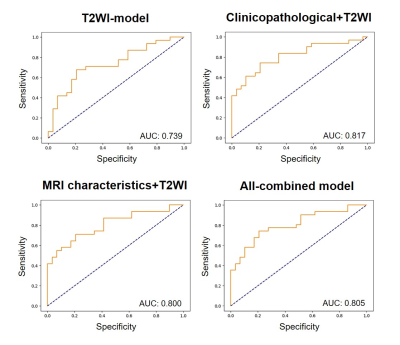 |
Computer Number: 19
1391. Improving
prediction of pathological downstaging in rectal cancer using
deep learning with preoperative MRI and clinicopathological data
S. H. Heo, C. M. Moon, K. H. Park, Y. Y. Lee, S. K. Kim, S.
S. Shin
Chonnam National University Medical School, Gwang-ju, Korea, Republic of
Impact: This study’s deep learning models provide
clinicians with an accurate tool for predicting pathological
downstaging in locally advanced rectal cancer, improving
preoperative assessment after chemoradiotherapy. It also
encourages further research into integrating deep learning
with multimodal data for cancer prognosis.
|
|
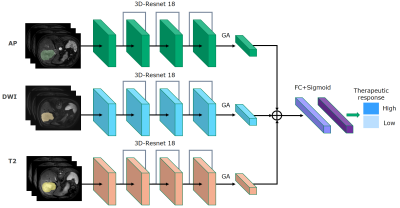 |
Computer Number: 20
1392. Deep
Learning Model based on multi-parametric MRI for Accurate
Prediction of D-TACE Efficacy in Hepatocellular Carcinoma
Y. Tian, Z. Xi, D. Ren, X. Liang
Institute of Research and Clinical Innovations,Neusoft Medical Systems Co., Ltd, Shanghai, China
Impact: This model provides a non-invasive, reliable
tool for predicting D-TACE outcomes, potentially
transforming personalized treatment planning for HCC.
Enhanced prediction accuracy can improve patient outcomes
and optimize healthcare resources by tailoring treatment to
individual needs
|
|
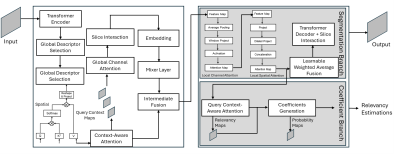 |
Computer Number: 21
1393. Revolutionizing
Prostate Segmentation: A Query Adaptive Pseudo 3D Attention
Approach
C. Krishnan, E. Onuoha, A. Hung, K. Sung, H. Kim
University of Alabama at Birmingham, Birmingham, United States
Impact: This work supports clinicians in confidently
interpreting prostate imaging, potentially reducing
unnecessary biopsies and facilitatingtimely intervention. It
also encourages advancements in relevance-based AI
diagnostics, paving the way forenhanced accuracy and
interpretability across medical imaging and broader
diagnostic applications.
|
|
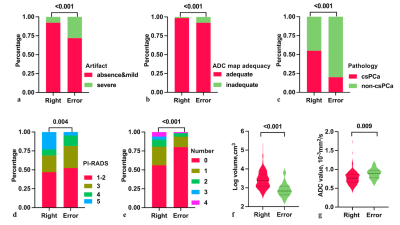 |
Computer Number: 22
1394. Impact
of image quality and clinical radiographic features on AI model
for detecting clinically significant prostate cancer: a
multicenter study
Z. Sun, X. Wang
Peking University First Hospital, Beijing, China
Impact: It identifies the factors influencing the
generalization performance of prostate AI, thereby enhancing
clinicians' understanding and confidence in its application,
ultimately enabling more effective use in practice.
|
|
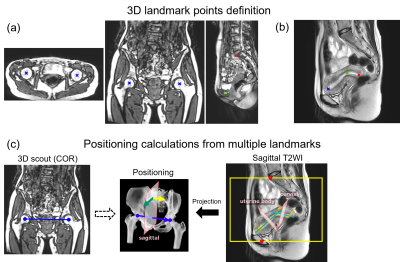 |
Computer Number: 23
1395. Robust
3D Landmark Detection Framework for One-Stop Automated Pelvic
MRI Prescription
T. Koike, A. Kudo, T. Fuchigami, A. Tachibana, A. Ikegawa,
W. Yokohama, K. Sakuragi, Y. Kitamura, M. Hori, N. Tomiyama
Fujifilm Corporation, Tokyo, Japan
Impact: The automated one-stop workflow enables
single-button operation for pelvic MRI, including the
challenging short-axis positioning of the uterine body and
cervix. It reduces prescription variability among
technicians and ensures reproducible imaging, even in
anatomically complex cases due to diseases.
|
|
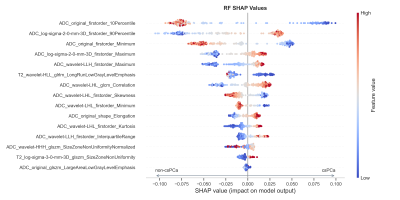 |
Computer Number: 24
1396. Explainable
Radiomics-Based ML for Predicting Clinically Significant
Prostate Cancer in Biparametric MRI
M. Morafegh, G. Valizadeh, F. Moodi, M. Ghafoori, A.
Mostaar, H. Saligheh Rad
Tehran University of Medical Sciences, Tehran, Iran (Islamic Republic of)
Impact: The development of explainable ML models using
biparametric MRI radiomic features enhances csPCa
classification, proposing a framework that connects
prediction and interpretability. This approach can lead
further research into transparent AI tools, benefiting
clinical decision-making.
|
|
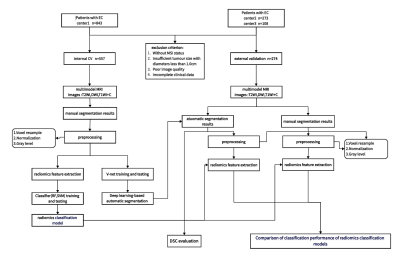 |
Computer Number: 25
1397. Deep
learning-based auto-segmentation and radiomics classification
cascade model for endometrial cancer based on MRI: A
Multi-center study
K. wang, X. Liu, X. Gou, J. Lian, J. Cheng, N. Hong
Peking University People’s Hospital, Beijing, China
Impact: We have established an automated
segmentation-radiomics classification cascade model for
identifying molecular subtypes of endometrial cancer. This
model could be used for assisting radiologists in screening
the molecular subtypes of endometrial cancer, demonstrating
its promising clinical application prospects.
|
|
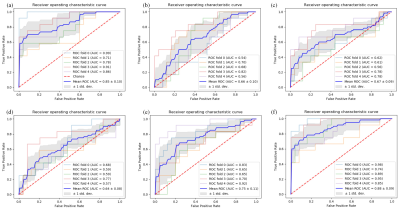 |
Computer Number: 26
1398. Radiomics
Combined with Dosiomics and Clinical Omics for Predicting
Response to Neoadjuvant Therapy in Rectal Cancer
S. Li, Z. Li, Y. Zhang, F. Wang, C. Zhang, Y. Lu
Peking University Health Science Center, Beijing, China
Impact: Predicting patients who achieve pCR after nCRT
can assist doctors in formulating personalized treatment
strategies. This helps determine whether patients require
surgery or if the "watch-and-wait" approach can be adopted.
|
|
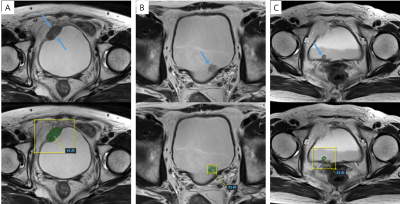 |
Computer Number: 27
1399. Early
Detection of Bladder Cancer in MRI Using Deep Learning
Segmentation and Rule-Based Classification: a Pilot study
K. C. Sim, M. J. Kim, D. J. Sung, B. J. Park, N. Y. Han, Y.
E. Han, K. Shin, T. Kim
Korea University Anam Hospital, Seoul, Korea, Republic of
Impact: Improved early detection of bladder cancer will
enable early treatment, which will have a positive impact on
treatment outcomes.
|
|
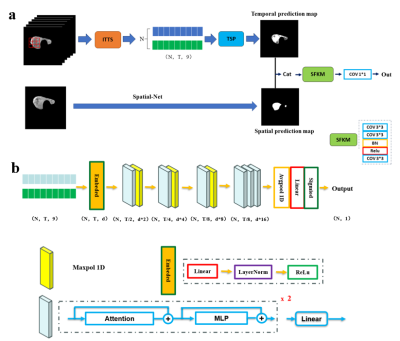 |
Computer Number: 28
1400. Thyroid
nodule segmentation on dynamic contrast-enhanced magnetic
resonance imaging based on Spatial -Temporal information fusion
B. Han, Q. Yang, M. Wu, K. Chen, W. Deng, W. Cui, D. Luo, D.
Liang, H. Zheng, Q. Wan, Z. Liu, N. Zhang
Southern University of Science and Technology (SUSTech), shenzhen, China
Impact: The success of our model may inspire further
research into advanced deep-learning architectures that
harness individual intensity variations, morphological
priors, and temporal pharmacokinetic information. This
general approach could extend beyond DCE-MRI to encompass
other medical imaging modalities containing temporal
information.
|
|
 |
Computer Number: 29
1401. Automatic
Pancreas Segmentation Based on Deep Learning-assisted Active
Contour Model Framework using MR PDFF images
L. Yang, C. Cheng, Z. Hu, X. Liu, H. Zheng, C. Zou
Shenzhen institutes of advanced technology, Chinese Academy of Sciences, Shenzhen, China
Impact: This method effectively improves the accuracy of
pancreas segmentation, enabling further analysis of fatty
pancreas diseases. Furthermore, the method extends active
contour model from 2D to 3D, addressing the difficulty of
the active contour model when dealing with 3D images.
|
|
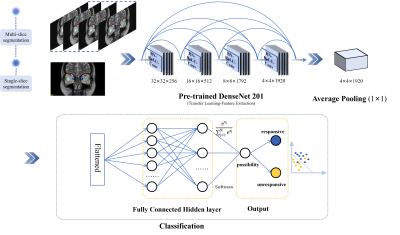 |
Computer Number: 30
1402. MRI-Based
Radiomics and Deep Learning of Thyroid Eye Disease: One Slice
Speaks Volume
H. Zhang, H. Zhang, J. Li, M. Jiang, X. Tao, H. C. Chan, J.
Li, Y. Li, J. Sun, X. Song, X. Fan, H. Zhou
Department of Ophthalmology, Shanghai Ninth People’s Hospital, Shanghai Jiao Tong University School of Medicine, Shanghai, China
Impact: This study highlights the feasibility of
single-slice MRI as an efficient, cost-effective alternative
to multi-slice segmentation for predicting IVGC treatment
response in TED patients. It opens avenues for more
accessible clinical applications, reducing time and resource
requirements while maintaining performance.
|
|
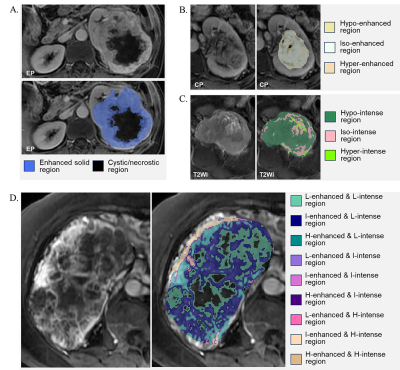 |
Computer Number: 31
1403. MRI-based
Habitat Radiomics for Evaluating Lymph Node Metastasis in Renal
Cell Carcinoma
X. Bai, H. Wang, X. Fu, H. Xu, S. Zhou, S. Yi, L. Xie, H.
Liu, X. Mu, M. Zhang, H. Ye, X. Ma
Chinese PLA General Hospital, Beijing, China
Impact: The MRI-based habitat radiomics combined model
demonstrates a robust non-invasive capability for assessing
regional lymph node metastasis in renal cell carcinoma,
providing significant insights for clinical staging,
surgical decision-making, and prognostic evaluation.
|
|
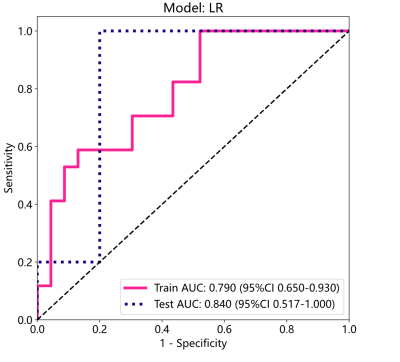 |
Computer Number: 32
1404. Tumor
ecology model based on quantitative parameters of DCE-MRI for
predicting lymph node metastasis in rectal cancer
Y. Sun, K. Ai, G. Huang
Gansu University Of Chinese Medicine, Lanzhou, China
Impact: Accurately identifying the LN status of RC
patients prior to initial treatment is crucial for
determining treatment strategies. The proposed quantitative
DEC-MRI tumor ecology model is a promising tool for
predicting LNM in RC.
|
The International Society for Magnetic Resonance in Medicine is accredited by the Accreditation Council for Continuing Medical Education to provide continuing medical education for physicians.